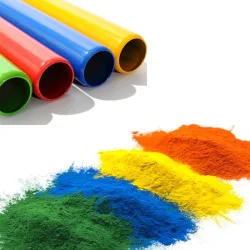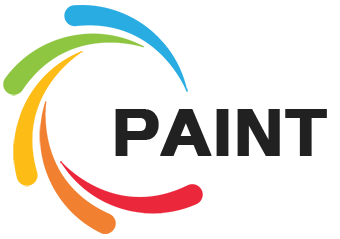The Importance of Proper Surface Preparation Before Painting and Coating
2024-09-14
One of the most overlooked aspects of painting and coating projects is proper surface preparation. Even with the best quality paint or coating, failure to prepare the surface correctly can lead to poor adhesion, uneven finishes, and reduced longevity. In this blog, we’ll discuss why surface preparation is essential and how to properly prepare different surfaces for painting and coating.
1. Why Surface Preparation Matters
Surface preparation is the key to achieving a smooth, long-lasting finish when applying paint or coatings. Whether you’re painting a wall, a piece of furniture, or a metal object, the surface must be clean, dry, and free from any contaminants that could interfere with adhesion. Proper preparation ensures that the paint or coating bonds effectively with the surface, preventing issues like peeling, cracking, and premature wear.
Inadequate preparation can lead to:
- Poor adhesion of the paint or coating
- Uneven texture or finish
- Increased susceptibility to damage and wear
- Shortened lifespan of the paint or coating
2. Cleaning the Surface
The first step in surface preparation is cleaning the area to remove any dirt, dust, grease, or other contaminants. For walls, this might involve wiping down the surface with a damp cloth or using a mild detergent to remove grease stains. For metal surfaces, you may need to use a degreaser or a specialized cleaner to eliminate oils and residues that could affect the coating’s adhesion.
For Wood Surfaces:
- Use a damp cloth to remove dust and debris.
- Sand the surface to create a smooth texture and remove imperfections.
- Clean the surface again after sanding to ensure no dust remains.
For Metal Surfaces:
- Remove rust or corrosion with a wire brush or sandpaper.
- Clean the surface with a degreaser to eliminate oils and contaminants.
- Allow the surface to dry completely before applying the coating.
For Concrete Surfaces:
- Clean the surface with a pressure washer or scrub brush.
- Remove any loose particles or debris.
- Allow the surface to dry thoroughly before applying the coating.
3. Repairing Imperfections
Once the surface is clean, inspect it for any cracks, holes, or imperfections that need to be repaired. For walls, this could involve filling in small cracks or holes with spackle and sanding them smooth once dry. For wood surfaces, you may need to fill in dents or gaps with wood filler and sand the area afterward.
Repairing imperfections helps create a smooth, even surface for the paint or coating to adhere to, resulting in a more professional-looking finish.
4. Priming the Surface
Priming is another critical step in surface preparation, especially when working with porous materials like wood or drywall. Primers help seal the surface, improve adhesion, and provide a uniform base for the paint or coating. Skipping the priming step can result in uneven absorption of paint, leading to blotchy or inconsistent finishes.
Primers are available for different surfaces, so be sure to choose the right one for your project. For example:
- Wood Primer: Seals porous wood and provides a smooth base.
- Metal Primer: Prevents rust and ensures good adhesion to metal surfaces.
- Concrete Primer: Prepares concrete for better absorption of coatings.
5. Sanding and Smoothing
Sanding is often necessary to create a smooth surface, particularly when working with wood or metal. Sanding helps to remove rough spots, old paint, or rust that could interfere with the new coating. It’s essential to choose the right grit of sandpaper for the material you're working with and to sand evenly across the entire surface.
After sanding, make sure to clean away any remaining dust or particles to ensure a clean, smooth surface for painting.
Conclusion
Surface preparation is a crucial part of any painting or coating project. Taking the time to properly clean, repair, prime, and sand the surface will result in a smoother, more durable finish that lasts longer and looks better. Whether you're working on a DIY home improvement project or a professional job, attention to surface preparation will ensure the best possible results. So before you pick up that paintbrush, make sure your surface is ready!



